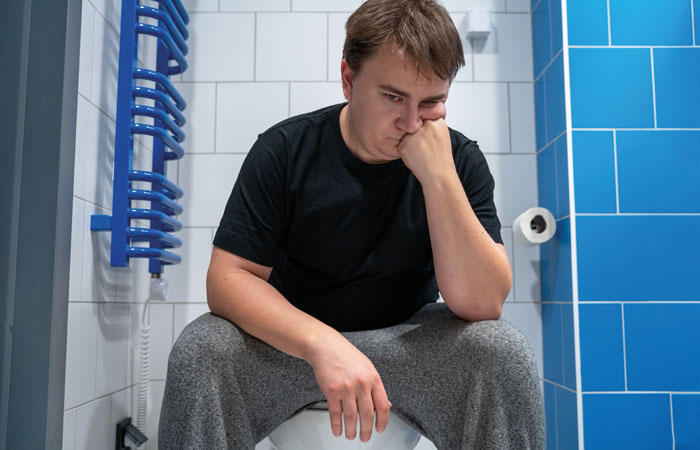Understanding the problem
Bladder weakness is a common condition that can affect people of all ages and genders, for a number of different reasons. In some cases, it is a short-lived condition that can be treated so that symptoms disappear. In other cases, customers may have to manage their symptoms over a longer period of time, and possibly for life. The most common types of bladder weakness are:
1. Stress incontinence
Particularly common among women, stress incontinence results in urine leaks when the bladder is put under sudden stress or pressure, perhaps during exercise or when laughing, sneezing or coughing. It usually occurs as a result of weakened pelvic floor muscles, commonly after pregnancy, childbirth and the menopause in women, and following prostate cancer treatment in men. Obesity and straining because of constipation can also weaken the pelvic floor.
2. Urge incontinence
This is a sudden, intense need to pass urine that can be caused when the muscles in the walls of the bladder (the detrusor muscles) go into overdrive. Ordinarily, these muscles relax so that the bladder can fill with urine then contract to let urine out when we go to the toilet. However, with urge incontinence, they contract more often than they should, triggering an urge to wee. This is also known as having an overactive bladder.
Causes include drinking too much alcohol or caffeine; urinary tract infections; diuretics such as drugs used to treat heart failure and high blood pressure, and not drinking enough fluid (this makes the urine more concentrated, which can irritate the bladder).
3. Overflow incontinence
More likely in men, overflow incontinence occurs when the bladder is obstructed or blocked (e.g. by an enlarged prostate gland or bladder stones), or when the detrusor muscles do not contract enough to fully empty the bladder. Small trickles of urine may leak at intervals.
4. Other types of bladder weakness
Less common types of bladder weakness include:
- Mixed incontinence: a person may have both stress and urge incontinence
- Total incontinence: severe and continuous incontinence that can make a person pass large amounts of urine, even during the night. This can be caused by problems that occur at
birth or during a spinal cord injury.
Did you know?
The urinary bladder has nerves which notify the brain when it is getting full.

